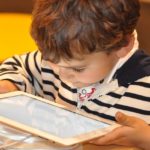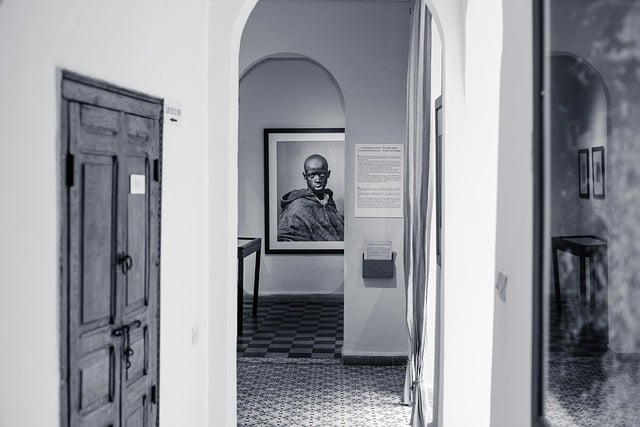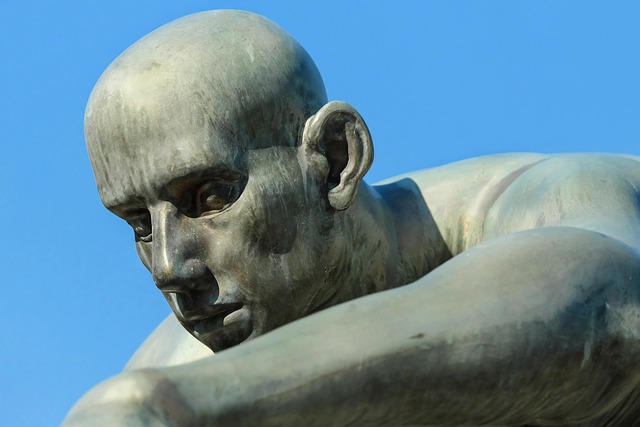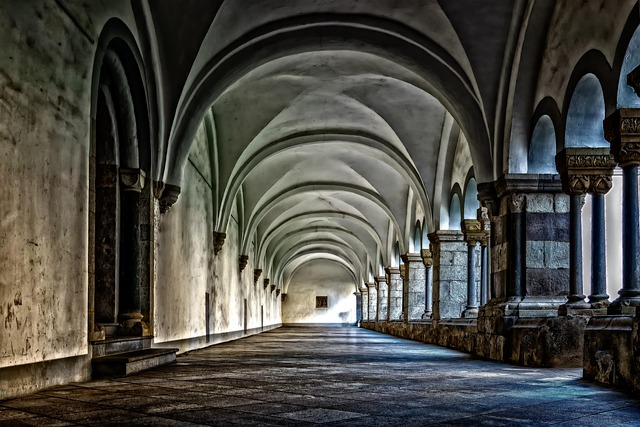# AI Art: Exploring the Intersection of Technology and Visual Expression in the Digital Age
The emergence of artificial intelligence (AI) has fundamentally transformed various sectors, and the realm of visual art is no exception. AI art, characterized by the use of algorithms and machine learning to create visual works, has sparked a revolution in how art is conceived, produced, and appreciated. This article delves into the multifaceted relationship between technology and artistic expression, examining the implications of AI on creativity, the processes involved in generating AI art, and the ongoing debates surrounding its authenticity and value.
## The Creative Process Reimagined
Traditionally, the creation of art has been a deeply human endeavor, rooted in individual expression and emotional resonance. However, AI art challenges this notion by introducing a collaborative process between humans and machines. Artists now leverage AI tools to expand their creative horizons, using algorithms to generate ideas, compositions, and even entire artworks. The process often begins with artists feeding data into AI systems—this can include existing artworks, photographs, or even text descriptions. The AI then analyzes this information and produces new visual outputs based on learned patterns.
In this context, the role of the artist has evolved from sole creator to curator and facilitator. By selecting data sets and fine-tuning algorithms, artists can guide the AI’s output to align with their vision. This partnership allows for the exploration of styles and techniques that may not have been conceivable through traditional methods. As a result, the creative process becomes a dialogue between human intuition and machine intelligence, leading to innovative forms of expression that reflect the complexities of contemporary life.
## The Technologies Behind AI Art
Understanding AI art necessitates a grasp of the underlying technologies that drive its creation. Machine learning, particularly deep learning, plays a pivotal role in this domain. Neural networks, inspired by the human brain’s structure, enable machines to recognize patterns and generate new content. Generative Adversarial Networks (GANs) are particularly noteworthy in the context of AI art. These systems consist of two neural networks—the generator and the discriminator—that work in tandem to create increasingly sophisticated images.
The generator creates new images, while the discriminator evaluates their authenticity against real artworks. Through this iterative process, the AI learns to produce visuals that can be remarkably lifelike or strikingly abstract. Tools like DeepArt and DALL-E exemplify how these technologies are harnessed to create art that resonates with viewers, often blurring the lines between human and machine creativity. As these technologies continue to evolve, the potential for AI to contribute to artistic practices expands, opening new avenues for experimentation and expression.
## The Debate Over Authenticity and Value
As AI art gains prominence, it has ignited a fervent debate regarding authenticity and the value of machine-generated works. Critics argue that art must stem from human experience and emotion, suggesting that AI lacks the capacity for genuine creativity. The notion that a machine can produce art raises questions about authorship and the uniqueness of artistic expression. When an AI generates a piece based on pre-existing works, some contend that it merely replicates rather than innovates, leading to concerns about intellectual property and the dilution of artistic merit.
Conversely, proponents of AI art celebrate its potential to democratize creativity. By lowering barriers to entry, AI tools allow individuals without formal training to explore artistic expression. This inclusivity can lead to a broader range of voices and perspectives within the art world. Furthermore, the novelty of AI-generated art challenges traditional notions of what constitutes creativity, inviting audiences to reconsider their definitions of art and artistry. As the dialogue surrounding AI art continues to evolve, it is essential to recognize the diverse viewpoints and the cultural implications of this technological advancement.
## Conclusion: A New Frontier in Artistic Expression
The intersection of technology and visual expression in the digital age presents both challenges and opportunities for artists and audiences alike. AI art embodies a transformative shift in the creative landscape, reimagining the processes through which art is created and experienced. As artists embrace AI as a collaborative partner, the boundaries of creativity expand, fostering innovation and experimentation.
While the debates surrounding authenticity and value persist, AI art encourages a broader conversation about the nature of creativity itself. In an era where technology increasingly permeates our lives, the fusion of art and AI prompts us to reflect on the role of human experience in the creative process. Ultimately, the emergence of AI art signifies not just a new form of artistic expression but also a profound evolution in how we understand and appreciate the art of our time. As we navigate this new frontier, the dialogue between technology and visual expression will undoubtedly continue to shape the future of art in the digital age.











